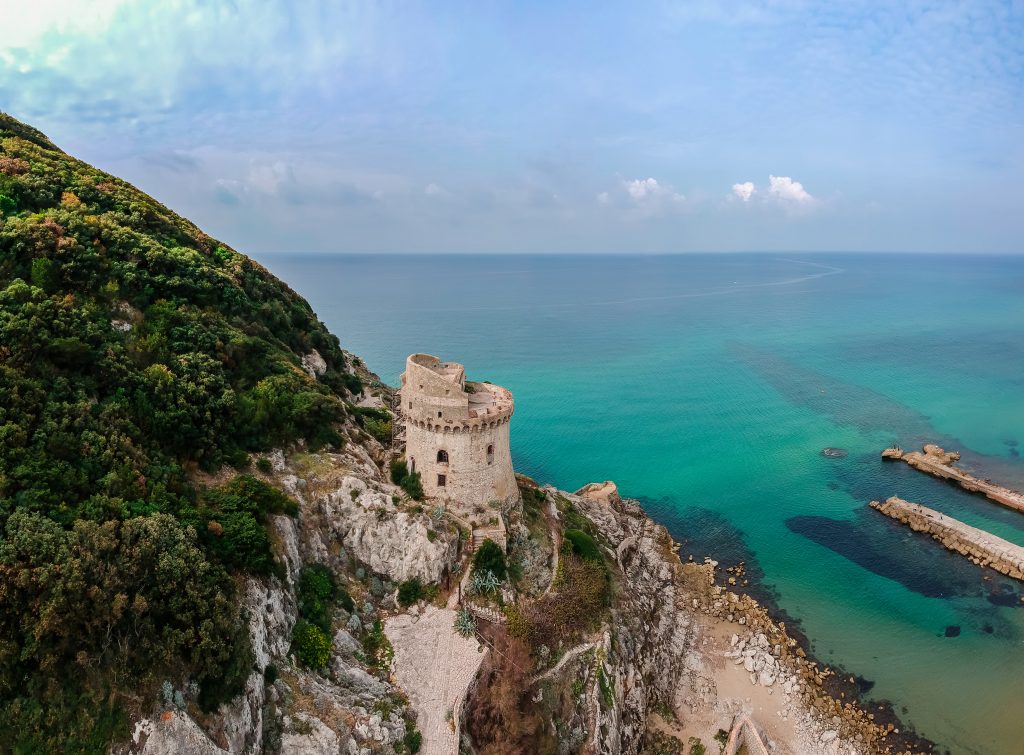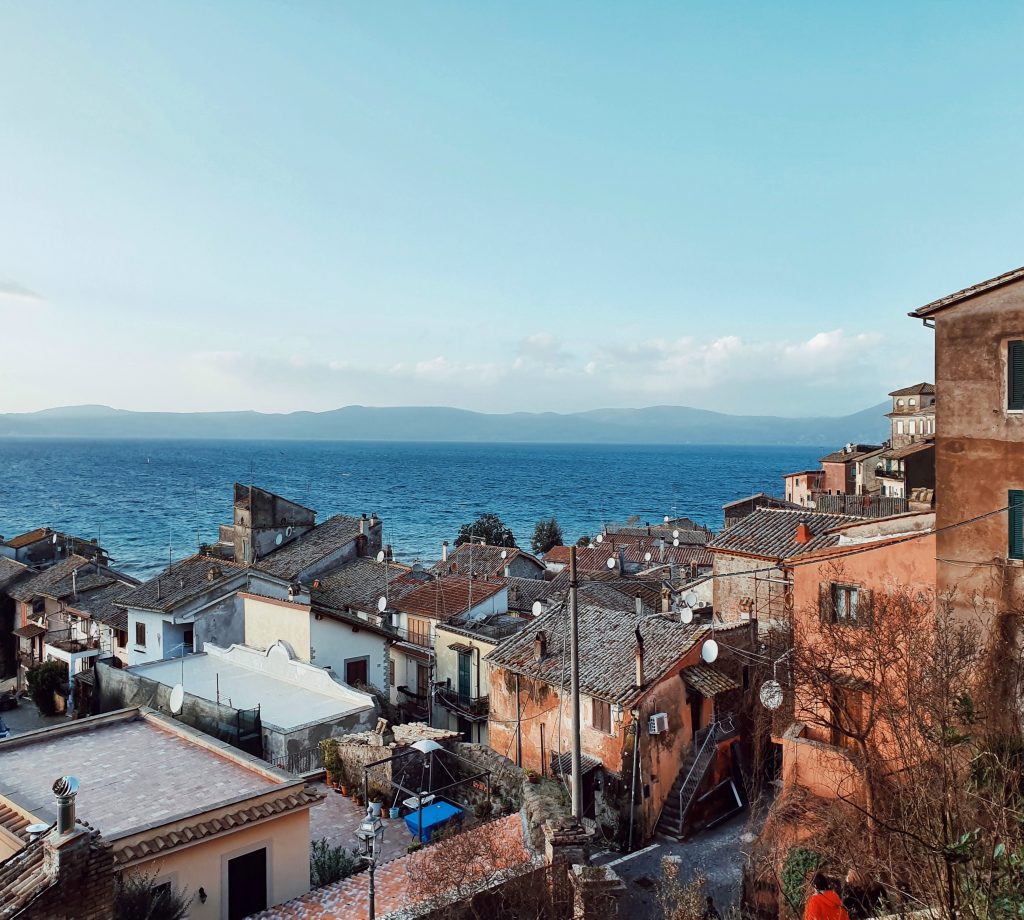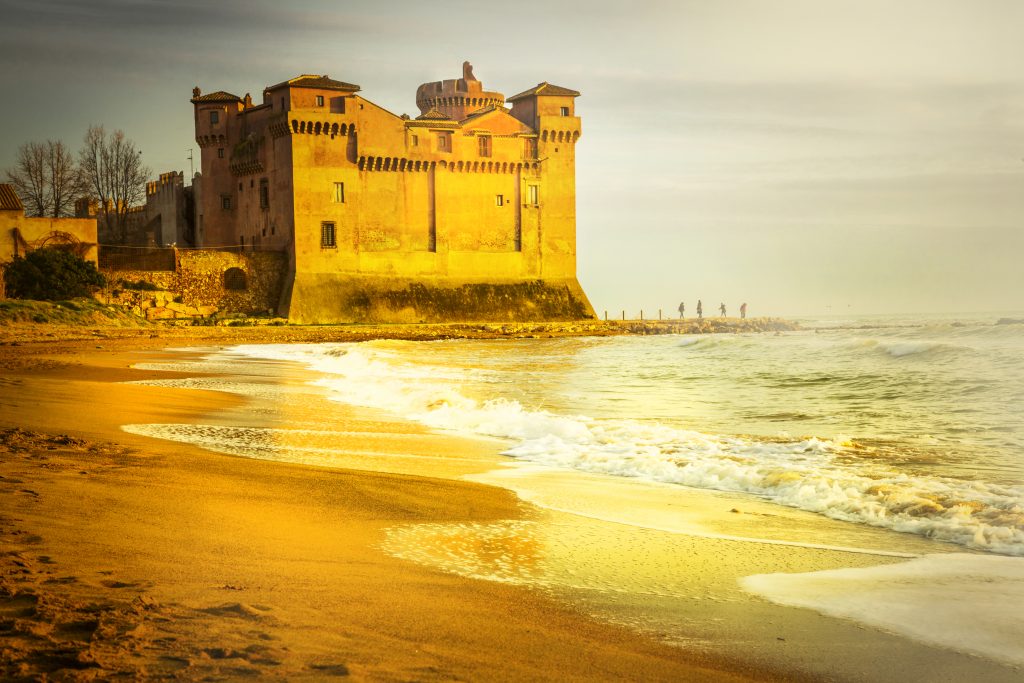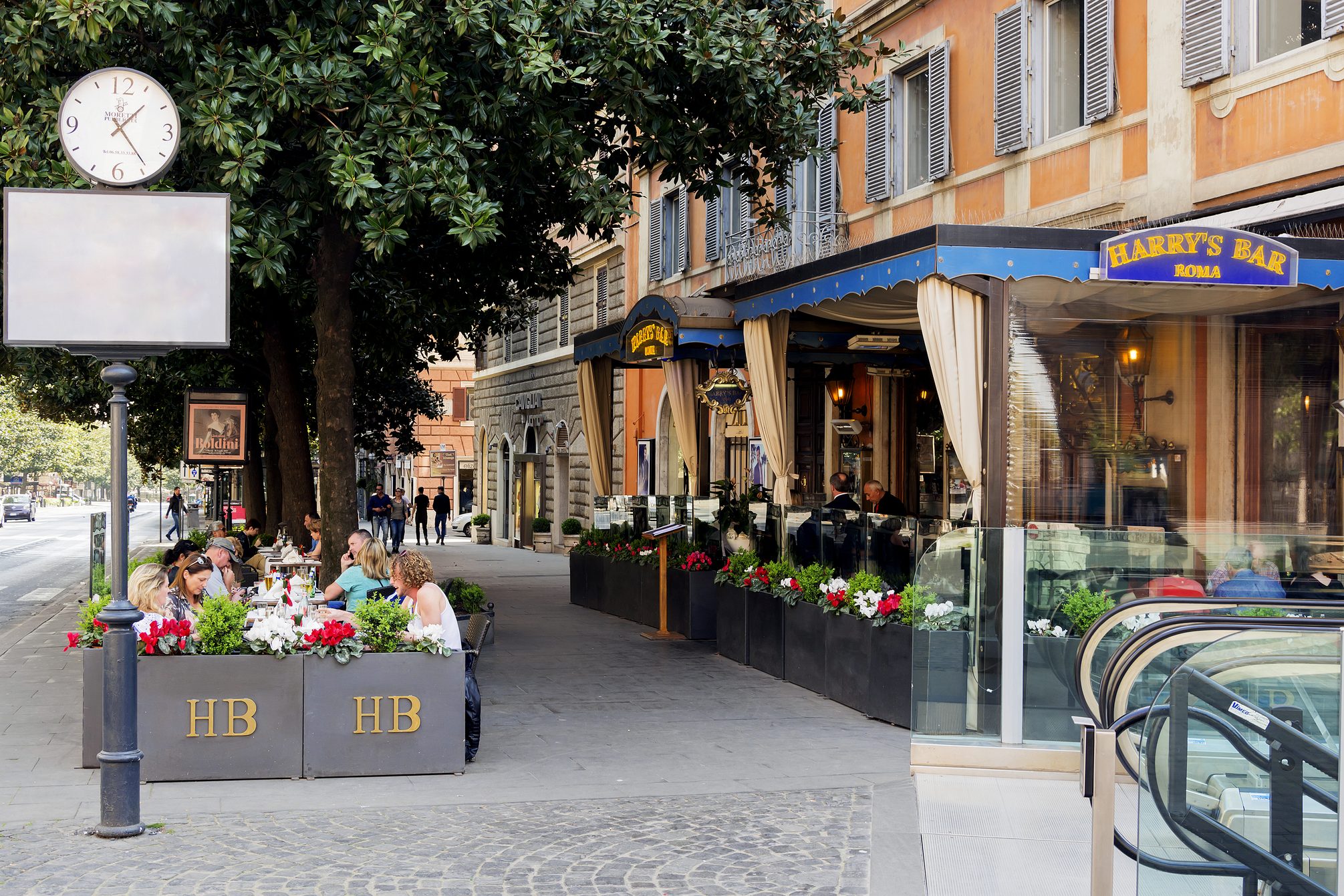It is a well-known fact that the city of Rome becomes a stifling oven during the summer months, and it is during this time that the city appears eerily quiet every weekend, as the locals evacuate the city for some cool respite. Not to forget that in August, it is tradition for Italians to have their summer (often annual) vacation, and even if it’s not a full month as was once the norm, they will make sure they head to the beach or the cooler mountains for at least two weeks.
Many tourists visiting Rome don’t often question if Rome is a seaside city. That might seem absurd to some, but the question isn’t at all as silly as it seems. The Eternal City has always had a very strong bond with the sea. In Roman times, Rome already had a series of ports, which started from the coast and reached inside the city following the course of the Tiber River.
The actual distance, as the crow flies, from the city centre to the sea is about 25 kilometres, but for Romans today, this distance isn’t really considered as far, as opposed to what it was probably when travelling during Roman times.

The first real heat usually arrives to Rome in June, and although May does see some gorgeously warm temperatures, by June the city can be steaming. It is at this time that the typical Roman is pervaded by a thrill, a craving, an urgent need to go to the sea, to put their feet on a beach, especially to swim. It matters little that the sea near Rome is not like that of the tropics: the important thing is to go, and maybe (obviously) combine the trip with a delicious seafood lunch.
How much Rome is basically a seaside city can be seen by the urban planning. The sea of Rome is Ostia, a town about 25 kilometres from the city centre. It is a town which has grown considerably since the 1920s and now has a population of more than 500,000. Nevertheless, Ostia is easily connected to the city of Rome, and is easy to get to. Firstly, by road through the Via Ostiense, which was built by Bentito Mussolini during the 1920s and the 1930s. Mussolini wanted to connect Piazza Venezia to Via Ostiense and to the sea. To achieve this, he needed to free Via Tor de ‘Specchi (now Via del Teatro Marcello) from medieval and seventeenth-century churches and buildings, and so all these were torn down to create the old Via del Mare – “the beach road.”
A second, very easy way to get to Ostia from Rome is by a regional train, and the train station in Ostia is located walking distance from the beach. Ostia is not an autonomous municipality, but a district, or suburb of the city of Rome. Think of it as a huge neighbourhood, or a small city by the sea that is a combination of ugly and modern but also of beautiful Art Nouveau buildings. It is fair to say that Ostia is the first place that the Romans flock to as soon as the summer heat makes the city uncomfortable. They travel there either by train, car, or motorino to crowd the many beach clubs that line the seafront. These clubs are all typically equipped in true Italian beach-style décor and often with excellent restaurants, too.

But Ostia is not the only beach to visit close to Rome. A little further north, climbing along the coast and passing the huge area occupied by Fiumicino airport, is Fregene, the other sea of Rome. Fregene, unlike Ostia, is not a city, but more a series of villas, often large and beautiful, gathered around a huge pine forest. Fregene has always been more “chic and cultured” than Ostia, and many famous people, such as Fellini, chose to have their summer holiday homes there. There are few shops, only houses and beach club establishments. Most of these clubs have restaurants that are always full from May to October, especially on weekends. The beach is beautifully picturesque, the sea maybe not that great, but it doesn’t matter to the Romans, who have homes there because they either have a swimming pool at home or frequent a beach club that has one. When in Fregene though, it doesn’t matter at all that there is the sea: you go for the sun, the social life, cycling or to enjoy the cool pine forest.
Going a little further away from Rome, and facing the risk of hitting lots of traffic, one can go south, towards Circeo, where there are the beautiful sand dunes of Sabaudia and the enormous Parco Nazionale del Circeo – National Park of Circeo. The distance is about 100 km from the city, and therefore it is usually considered more of a weekend destination, as opposed to a day trip. The surrounding area is also full of beautiful places to visit, even inland, with small villages nestled in the countryside of lower Lazio.
North of Rome, on the other hand, there is a series of seaside towns that are highly populated by Romans in the summer: Santa Marinella, Santa Severa and Ladispoli. Some more residential, others towns, all along the coast to Civitavecchia. Civitavecchia is about 70 km north of Rome, and home to a large port for goods and passengers, where, among other things, cruise ships dock full of tourists ready to visit Rome, some just for the day, returning to the cruise ship in the late afternoon.

Finally, it would be remiss to talk about beaches as the only place to cool off during the hot Roman Summer, because there are also lakes. Rome is surrounded by the famous Castelli Romani, a series of hills with lakes of volcanic origin. Less than an hour from Rome, you will find Lake Bracciano, Lake Castelgandolfo (the town where the Pope’s summer residence is located), Lake Bolsena and Martignano. Many have places set up along the water similar to beach clubs and they are also surrounded by enchanting villages. In the summer, they are filled with tourists who prefer the quiet of the lake to the sea: a more than valid alternative to frequently over-crowded beaches.
So, don’t just think of Rome as a crowded city, but also as a seaside city, and one that offers many possibilities for those looking for a swim, a bit of refreshment or … just an incredible seafood meal!






























